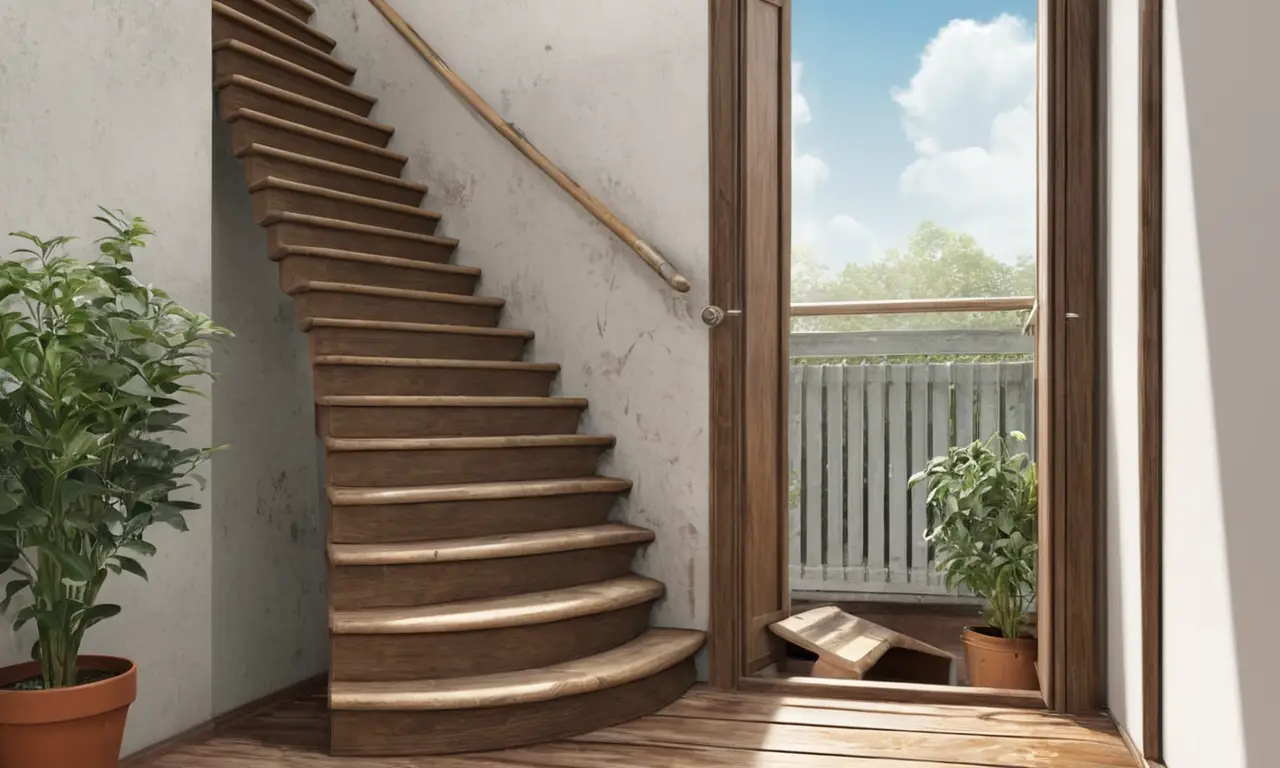
Living in an apartment building can offer numerous benefits, from convenience to community. However, not all apartments come equipped with elevators. While this might seem like a minor detail, the absence of an elevator can significantly impact your daily life, especially if you have mobility issues or frequently carry heavy items. This article delves into the reasons behind why apartments don’t have elevators, explores the challenges associated with living in such buildings, and provides tips on finding and navigating these unique housing options.
This comprehensive guide will cover various aspects of apartment living without elevators, from understanding the factors influencing their absence to exploring practical solutions for residents. We’ll also discuss the affordability considerations and practicality implications of choosing an apartment without an elevator.
No Elevator Apartments: A Common Occurrence
It’s more common than you might think to encounter apartments without elevators. Older buildings, particularly those constructed before modern accessibility standards became widespread, often lack this amenity. Similarly, smaller apartment complexes or those with limited space may find it impractical or cost-prohibitive to install an elevator.
While the prevalence of elevator-equipped apartments is increasing in newer constructions, older neighborhoods and certain areas with denser housing stock might still have a higher concentration of buildings without elevators. This can be particularly true in historic districts where preserving architectural integrity often takes precedence over modern conveniences.
Factors Influencing Elevator Absence

Several factors contribute to the decision of whether or not to install an elevator in an apartment building.
Cost Considerations
Elevators are expensive to install and maintain. For smaller apartment complexes or those with limited budgets, the cost of installing an elevator might be prohibitive. This is especially true for older buildings where retrofitting an elevator could require extensive structural modifications.
Building Design Constraints
The physical layout of a building can also influence the feasibility of installing an elevator. Narrow stairwells, limited floor space, and existing architectural features might make it challenging or impossible to incorporate an elevator without significant alterations.
Zoning Regulations
Local zoning regulations can play a role in determining whether or not an elevator is required for new apartment buildings. Some municipalities have specific building codes that mandate elevators for certain types of structures, while others leave the decision up to developers based on factors like building size and occupancy.
Challenges of Living in an Apartment Without an Elevator
While living in an apartment without an elevator might not be a deal-breaker for everyone, it can present certain challenges, particularly for individuals with mobility issues or those who frequently transport heavy items.
Accessibility Concerns
For residents with mobility impairments, navigating stairs can be a significant obstacle. This can limit their independence and make daily tasks like accessing their apartment, laundry facilities, or common areas more difficult.
Carrying Heavy Items
Moving furniture, groceries, or other bulky items up and down stairs can be physically demanding and time-consuming. This can be especially challenging for residents living on upper floors without an elevator to assist with transportation.
Finding Apartments Without Elevators

If you’re looking for an apartment without an elevator, consider these factors:
Location
Older neighborhoods or areas with denser housing stock might have a higher concentration of buildings without elevators. Researching specific neighborhoods and their building characteristics can help narrow down your search.
Online Listings
Utilize online real estate platforms to filter your search based on amenities. While not all listings explicitly mention the absence of an elevator, you can often glean this information from building descriptions or photos.
Affordability and Practicality Considerations
Choosing an apartment without an elevator often comes with financial benefits. These units tend to be more affordable compared to those with elevators due to lower construction and maintenance costs. However, it’s essential to weigh the potential challenges against the cost savings. Consider your individual needs, mobility limitations, and lifestyle preferences when making this decision.
Conclusion
While why don’t apartments have elevators can seem like a simple question, the answer involves a complex interplay of factors ranging from cost considerations to building design constraints. Understanding these nuances can help you make informed decisions about apartment living. Ultimately, choosing an apartment without an elevator requires careful consideration of your individual needs and circumstances.
